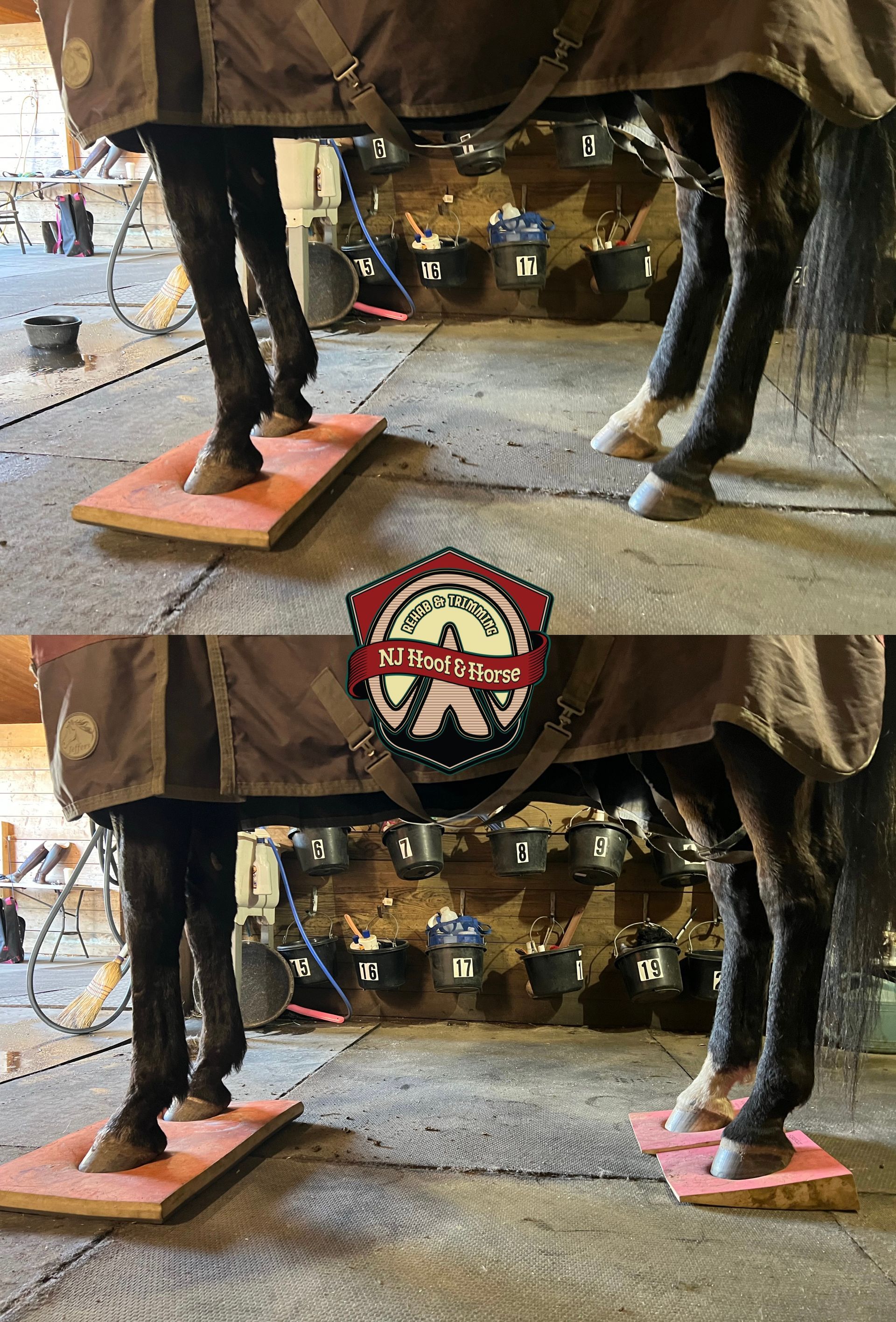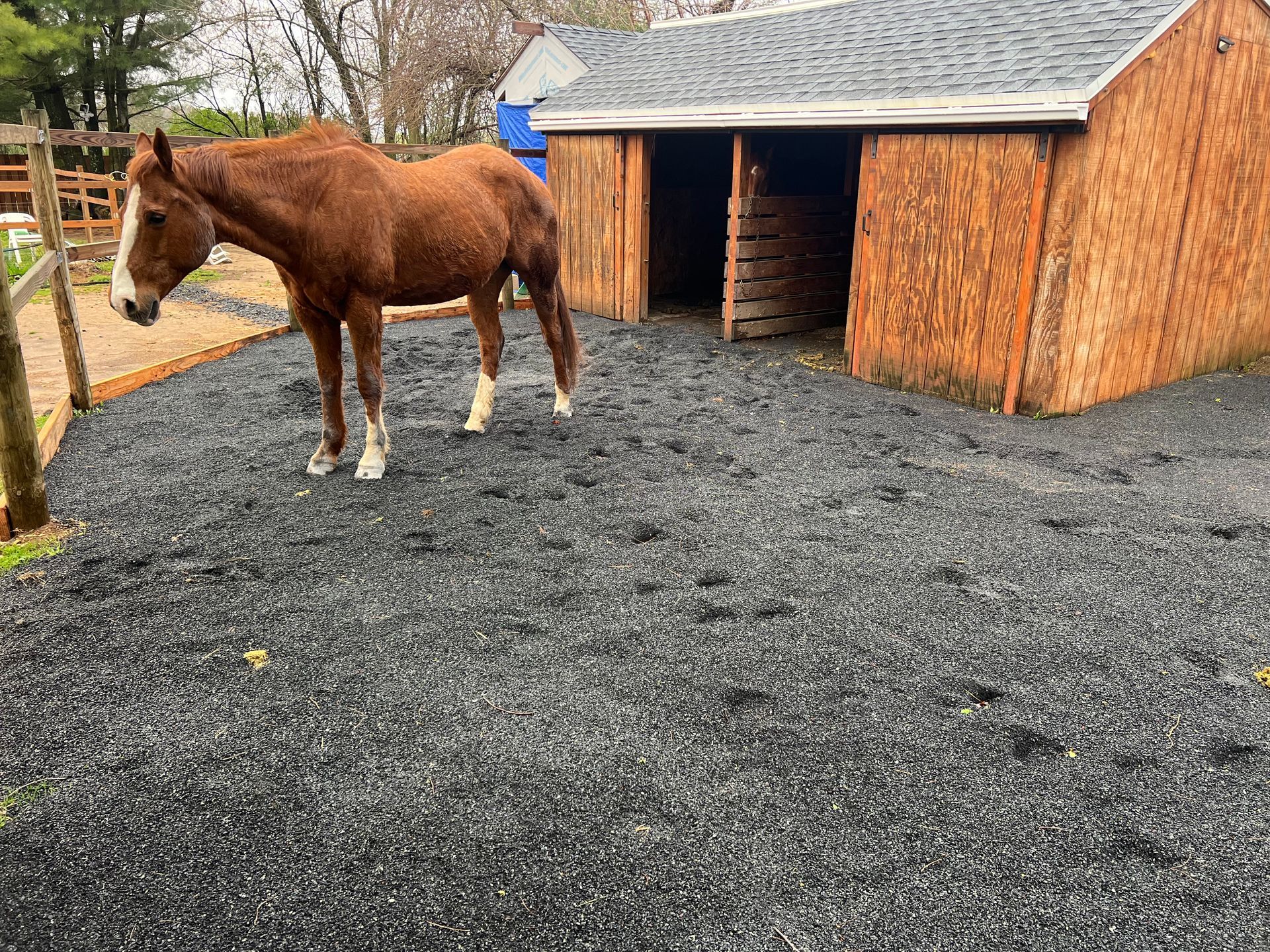Rotational Deformity
One Minute Discussions #44
Discussing Natural Hoof & Horse Care
ROTATIONAL DEFORMITY
The more I work with horses the more I notice rotational deformity in the bony column of the leg. Not only does deformity affect the horse statically but also dynamically, while moving.
Many times these crooked horses are trimmed so that the solar plain of the foot looks pretty and symmetrical while the bony column is even more out of balance. I’m my opinion, this is the worst thing you can do for these horses. If you’re not taking into consideration the alignment of the bones that are above the hoof, you’re failing the horse.
You HAVE to look at these horses move and how they land, shift and breakover. Many times the hoof will show where the horse wants the breakover to be (even if it’s not at the center of the toe). In my opinion, the trim or shoeing should focus on adapting to the position of the bony column, even if it means the solar side of the foot is not symmetrical.
Denys A.
www.njhoof.com

